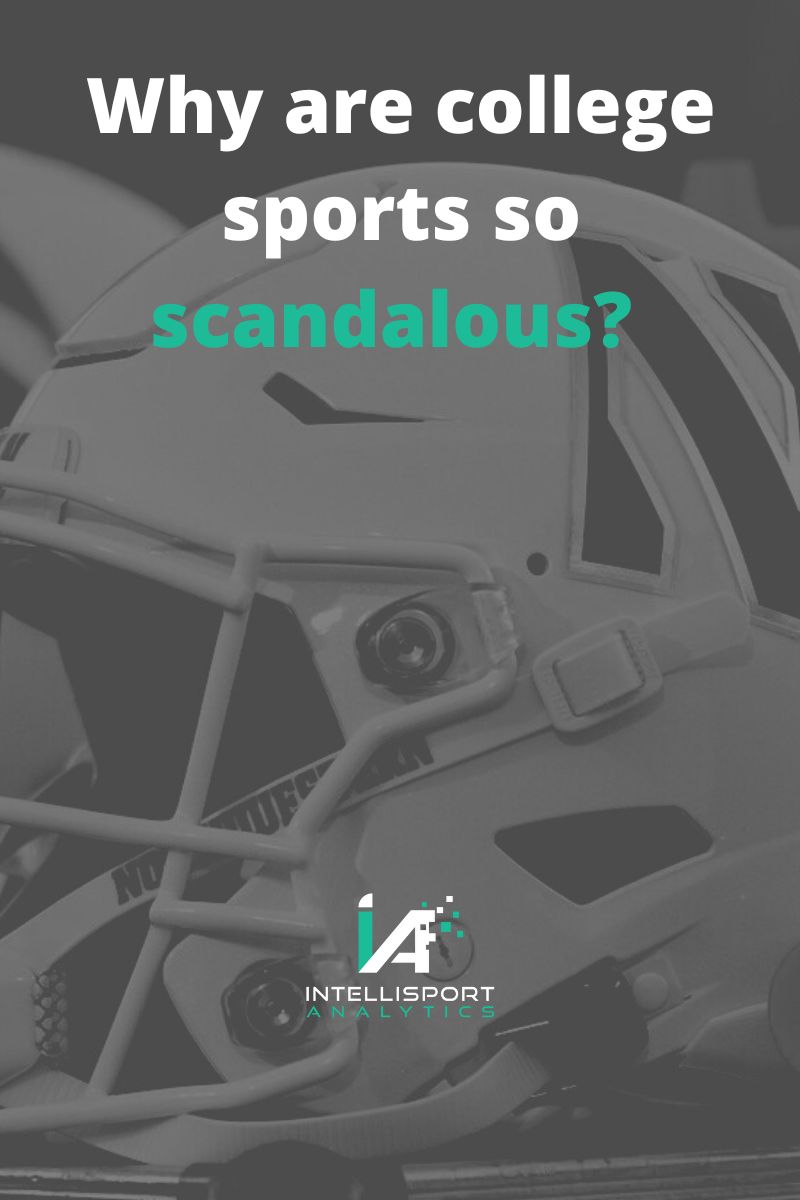In the past few months, we have learned about several scandals in college sports – hazing at Northwestern University, sports betting by Alabama’s baseball coach, and racial insensitivity and misconduct by basketball coaches at West Virginia University and Texas Tech University. Impropriety on higher education campuses is not new, but why does it continue to occur?
Scandals occur in college sports for a variety of reasons, often involving a combination of factors related to competition, money, pressure, and the complex dynamics within the sports industry. The factors influence leaders to make decisions that do not align with personal, professional or institutional values. Below is a brief overview of the underlying factors that cause scandal in college sports:
- Competition and Pressure: the pressure to win at all costs can lead to unethical behavior, including embracing cheating, rule violations breaking standards to gain a competitive advantage. Coaches and administrators may be compelled to engage in dishonest behavior to maintain a status quo or gain an unfair advantage.
- Financial Incentives: College sports, namely Division I athletics generated over $15 billion dollars last year alone. The pursuit of financial gains can sometimes lead to scandalous behavior, such as mismanagement of funds, embezzlement, or questionable recruiting practices. The allure of financial rewards tempts individuals to make unethical decisions.
- Institutional Oversight: Poor institutional oversight and a culture that prioritizes winning at all costs can create an environment where scandals are more likely to occur. When ethical standards and values are not upheld, individuals may feel emboldened to engage in questionable behavior.
- Lack of Transparency: When there is a lack of transparency in decision-making processes, funding allocation, and program management, it can create opportunities for misconduct to go unnoticed or unaddressed.
- Social-Cultural Influences: Celebrity worship – booster culture – fan expectation – media pressure – prioritization of winning to name a few, challenge ethical decision-making.
- Power Imbalance: Power is not concentrated in a few decision-makers (namely athletics directors or presidents) but is diluted to include board members, faculty, the NCAA, news media, broadcasters, etc. College athletics leaders need to work together to uphold ethical standards and mission objectives – misalignment between leaders makes this less likely.
A common thread throughout scandal in college athletics is the reactionary responses leaders are forced to consider – fire coaches or staff, investigate misconduct, implement policy to prevent future impropriety, among other strategies. These actions are often too little, too late to prevent harm, minimize damage to reputations and limit financial trouble.
College athletics leaders must be proactive to prevent scandal on college sports campuses – the reiteration of values, aligning academic and athletic missions, and leveraging the collective consciousness of athletics staff to weed out bad actors. Introspection is a critical tool that all sports leaders must adopt. Reflecting on the alignment between values and actions is essential to measure if athletics departments are in a state of peril or alignment. Often a sports organization’s people already understand their challenges and what they are doing well, but barriers prevent voices from being heard or elevated. Leadership must do everything they can to create open environments where ideas can be shared and concerns voiced. Leading frequent culture evaluations creates an environment where staff can voice their concerns and opinions for change. It also makes staff feel heard and can advocate for the change they believe is needed to create positive work and competitive environments.
Contact IntelliSport Analytics at contact@intellisportanalytics.com to learn more about how our solutions can minimize sports leaders’ risk and better understand their people to achieve organizational excellence.




